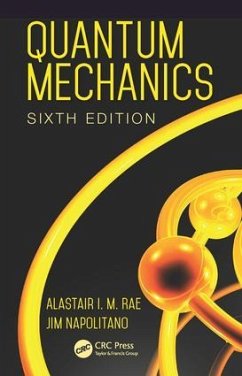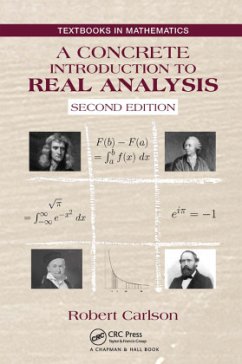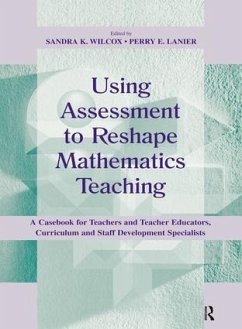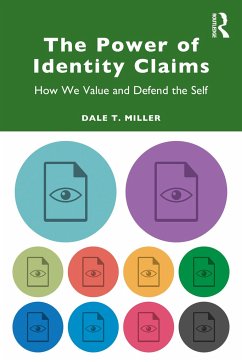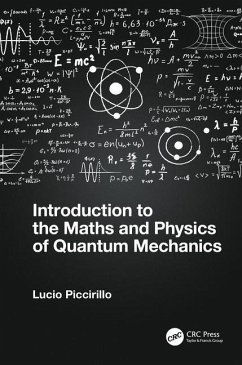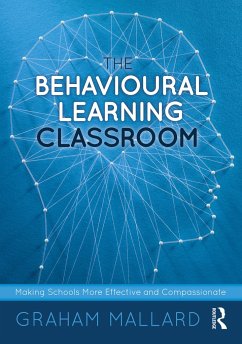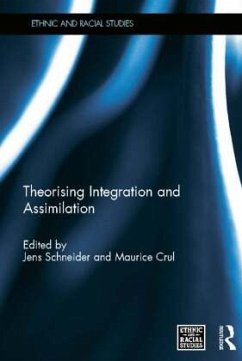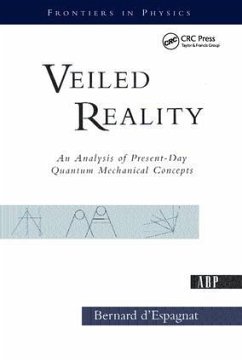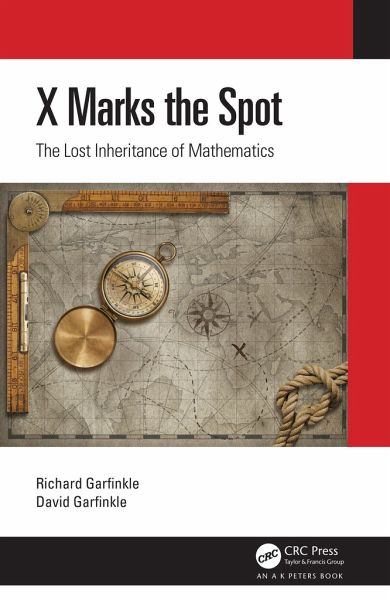
X Marks the Spot
The Lost Inheritance of Mathematics
Versandkostenfrei!
Versandfertig in 6-10 Tagen
51,99 €
inkl. MwSt.
Weitere Ausgaben:

PAYBACK Punkte
26 °P sammeln!
X Marks the Spot is written from the point of view of the users of mathematics. Since the beginning, mathematical concepts and techniques (such as arithmetic and geometry) were created as tools with a particular purpose like counting sheep and measuring land areas.Understanding those purposes leads to a greater understanding of why mathematics developed as it did. Later mathematical concepts came from a process of abstracting and generalizing earlier mathematics. This process of abstraction is very powerful, but often comes at the price of intuition and understanding. This book strives to give...
X Marks the Spot is written from the point of view of the users of mathematics. Since the beginning, mathematical concepts and techniques (such as arithmetic and geometry) were created as tools with a particular purpose like counting sheep and measuring land areas.
Understanding those purposes leads to a greater understanding of why mathematics developed as it did. Later mathematical concepts came from a process of abstracting and generalizing earlier mathematics. This process of abstraction is very powerful, but often comes at the price of intuition and understanding. This book strives to give a guided tour of the development of various branches of mathematics (and what they're used for) that will give the reader this intuitive understanding.
Features
Treats mathematical techniques as tools, and areas of mathematics as the result of abstracting and generalizing earlier mathematical tools
Written in a relaxed conversational and occasionally humorous style making it easy to follow even when discussing esoterica.
Unravels how mathematicians think, demystifying math and connecting it to the ways non-mathematicians think and connecting math to people's lives
Discusses how math education can be improved in order to prevent future generations from being turned off by math.
Understanding those purposes leads to a greater understanding of why mathematics developed as it did. Later mathematical concepts came from a process of abstracting and generalizing earlier mathematics. This process of abstraction is very powerful, but often comes at the price of intuition and understanding. This book strives to give a guided tour of the development of various branches of mathematics (and what they're used for) that will give the reader this intuitive understanding.
Features
Treats mathematical techniques as tools, and areas of mathematics as the result of abstracting and generalizing earlier mathematical tools
Written in a relaxed conversational and occasionally humorous style making it easy to follow even when discussing esoterica.
Unravels how mathematicians think, demystifying math and connecting it to the ways non-mathematicians think and connecting math to people's lives
Discusses how math education can be improved in order to prevent future generations from being turned off by math.





